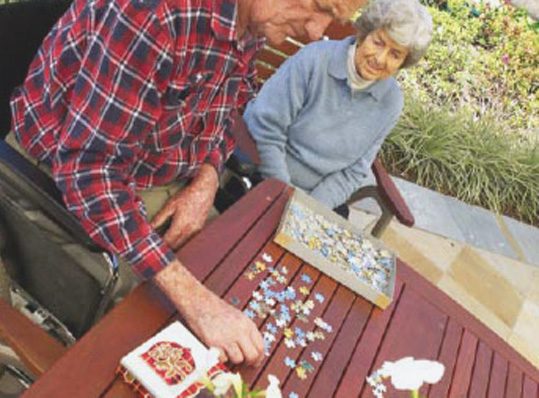This article is from the Australian Property Journal archive
ADOPTING New Zealand’s popular Continuum of Care model could be the key to reforming Australia’s aged care system.
According to a discussion document commissioned by Ryman Healthcare, New Zealand’s largest retirement living and aged care provider, widespread adoption of the successful aged care model used by the country’s four largest retirement living providers could see Australia provide better care at a lower cost to the taxpayer.
The document also argues that the Continuum of Care model could alleviate pressure on Australia’s public health system, while also boosting housing supply.
“Aged care in Australia is fundamentally broken and, with almost 65 percent of operators currently running at a loss, and ageing aged care stock not meeting customers’ changing needs, the need to rethink our entire approach couldn’t be more urgent,” said Cameron Holland, CEO of Ryman Healthcare Australia.
“Yes, more government funding is needed but simply pouring more taxpayer dollars into a bucket with a hole in the bottom isn’t a sustainable long-term solution.”
The model sees retirement living and aged care services integrated within one village community and is used across each of Ryman’s 38 retirement villages in New Zealand and at its seven in Victoria.
“A new model is needed to help fix this broken system, and we’ve seen first-hand how the New Zealand approach can work. And it works because the Continuum of Care model mirrors the unpredictable reality of the human experience,” said Holland.
While each of these Ryman Healthcare assets include an aged care centre, only 30% of retirement villages across the country can say they have onsite aged care facilities or even access to one within close proximity.
“The Continuum of Care model – widely used in New Zealand but only in its infancy in Australia – offers a strong basis on which to address two key issues facing the aged care sector: financial viability and, most importantly, improving the quality of care delivered to residents,” said Annette King, New Zealand’s High Commissioner to Australia, who also author the document’s foreword.

The document recommends establishing a national regulatory regime for the governance of the retirement living and aged care sectors as one; building greater incentives into planning systems to integrate aged care facilities and retirement living.
It also recommends introducing a specific home care package for retirement villages that would enable residents to live independently for longer.
“People downsizing into a retirement community to live independently know that if their or their partner’s health needs change in the future, they can access aged care right where they are. This approach minimises disruption and change in the most challenging of life stages for both residents and their families,” added Holland.
“Similarly for operators, capital investment, cost and income streams are diversified across a number of accommodation and service types that suit each life stage. This diversity improves the quality of investment and therefore quality outcomes for all stakeholders.”
According to recent data from StewartBrown, creating a quality, sustainable aged care industry in Australia would cost more than $9 billion each year, in addition to the $1.74 billion needed to aggress home care issues and the $7.61 billion need to improve the standards of residential care.
“The approach New Zealand has taken has fostered the investment and innovation the sector needs to meet the growing demand for quality care and has taken a huge weight off the government’s shoulders. There’s no reason Australia can’t follow suit,” said Holland.





